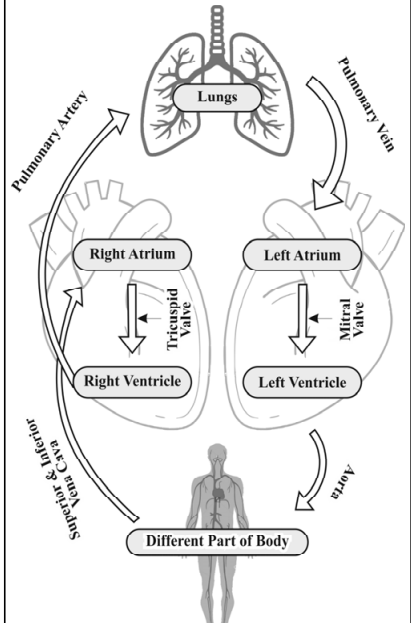Uttar Pradesh
UP’s 1st Transcatheter Aortic Valve Implantation (TAVI)
- 30 Jul 2025
- 3 min read
Why in News?
The LPS Cardiology Institute in Kanpur has become the first government medical college in Uttar Pradesh to offer TAVI (Transcatheter Aortic Valve Implantation) for heart valve replacement in elderly patients.
- TAVI avoids open-heart surgery by implanting a new valve without intense invasive procedure. It promises to reduce risks and improve the quality of life for senior heart patients.
Key Points
- TAVI: TAVI is a minimally invasive procedure that involves implanting a new aortic valve using a catheter inserted through a vein in the patient's leg.
- Unlike traditional open-heart surgery, TAVI avoids the need for large incisions, reducing recovery time and risks, especially for elderly patients.
- Procedure and Benefits: The new valve, made from the membrane of animal hearts, is implanted in place of the damaged valve.
- Unlike metal valves, which come with higher risks, animal membrane valves have a longer lifespan of 15 years.
- Global Significance and History: The TAVI technique was pioneered by German specialist Dr. Alain Kreebeyer in the early 1990s and was first implemented in 2002.
- India adopted this innovative procedure in 2010.
- India adopted this innovative procedure in 2010.
Human Heart
- Function: Pumps blood throughout the body via blood vessels, supplying oxygen and nutrients, and removing waste products.
- Heart Wall:
- Epicardium: Outer layer.
- Myocardium: Middle muscular layer (responsible for heart contraction).
- Endocardium: Inner lining.
- Chambers of the Heart:
- Atria (upper chambers): Receive blood.
- Ventricles (lower chambers): Pump blood.
- Right Heart: Right atrium + right ventricle.
- Left Heart: Left atrium + left ventricle.
- Septum: Divides the left and right sides of the heart.
- Heart Valves: Prevent backflow of blood, ensuring one-direction flow.
- Pacemaker and Heart Rhythm: Controlled by the Sinoatrial (SA) Node, generating electrical impulses.
- Heart rate: 60-100 beats per minute at rest.
- Blood Flow:
- Deoxygenated Blood: From body → right atrium → right ventricle → lungs (oxygenated).
- Oxygenated Blood: From lungs → left atrium → left ventricle → body.
- Tachycardia:
- Heart rate > 100 beats per minute.
- Caused by stress, medications, or underlying heart conditions.
- Key Figures:
- William Harvey: Discovered blood circulation.
- Dr. Christian Barnard: First successful heart transplant in 1967.







